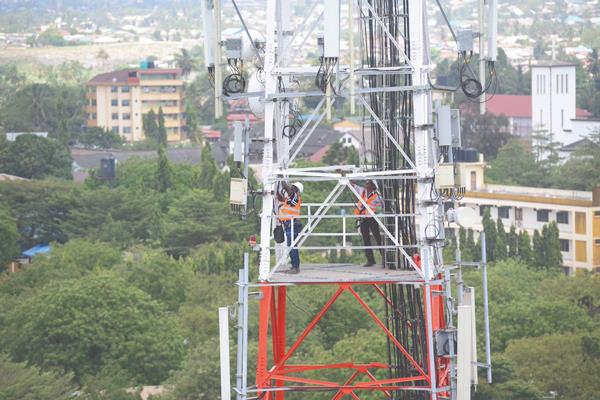08 February 2019
Helios Towers has been upgrading and building backbone sites covering 1,800km in the DRC.
In an announcement made in August 2018, the towerco said its investment in the project was in the “double-digit millions” and will improve mobile infrastructure and connectivity to around six million citizens.
The new backbone network was due to be completed by December 2018 and replaces satellite-based backhaul connectivity in the area.
The backbone network runs through multiple areas of DRC, including the equatorial rainforest and Kasaï-Central province.
Helios said that the project was due for completion by December 2018, and provides the infrastructure to connect major towns and cities, transmitting signals via microwave from towers up to 40km apart.
Earlier last year, the DRC government awarded inaugural 4G licenses to the country’s major cellcos, such as Vodacom, Orange and Africell.
Helios said the new backbone network will support operators in their continued network improvements and expansions.
It claimed the network adds “significant” capacity to replace existing satellite connectivity in the area, and provides the infrastructure needed for increased 3G capacity and the launch of 3G in Northern Kasai, as well as the launch of 4G in Kisangani, the DRC’s third-largest city.
Helios Towers entered the DRC in 2011 with a 521 tower portfolio acquisition from Millicom.
Since then, the company said it has become the country’s market leader with 1,819 towers and a share of 63 per cent.
According to CEO Kash Pandya, DRC has one of the lowest mobile penetration rates in the world, with only around 25 per cent of its 85 million population having a phone today.
He added: “Following the upgrade and construction of our backbone towers through some of the most remote areas in the country, last mile communications can eventually be created to connect towns and cities with increased reliability and speed, fit for the growing Congolese economy.”







